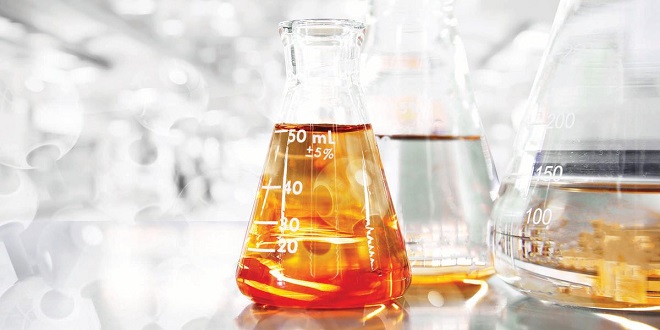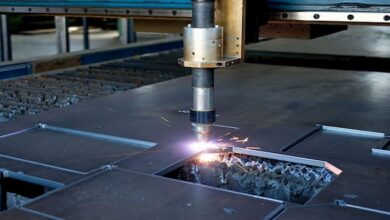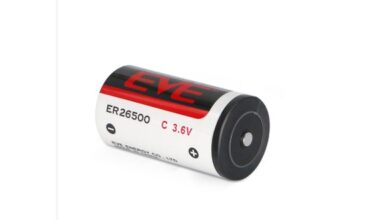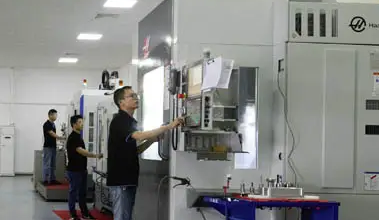Revolutionising Chemistry With Innovative Beaker Designs

Beakers are a standard piece of equipment in laboratories and educational settings worldwide. It’s a humble piece of technology, but it was key to revolutionising chemistry.
The first beaker is thought to have been created in the Neolithic period (4000 BCE), and the word traces back to the Beaker people. The Beakers were known as master potters in the Mesolithic period (10,000 BCE) and this is where the first iteration of the beaker is thought to have come from.
There were various iterations over the years as beakers made their way into scientific settings. While Joseph Griffin created the first glass beaker, the low-form beaker, also known as the Griffin beaker, Otto Schott was key in improving the glass makeup to create more durable beakers.
The Beaker Revolution
Beakers aren’t one-size-suits-any-project pieces of equipment. They are available in different shapes, sizes, and materials. Understanding which is right for an experiment is crucial in ensuring its access.
- Berzelius
These are tall-form beakers, and the height is generally twice the width. Berzelius beakers feature a pouring spout and tapered sides. Many are fitted with handles, so they are easy to manoeuvre for titration.
- Griffin
These are low-form beakers. They are wider than tall-form beakers, but they have straight sides rather than tapered ones. They also have a pouring spout, as well as a flat, wide bottom. It’s ideal for use on a Bunsen burner to heat liquids.
- Materials
Both of these beakers are commonly made of glass. The sturdy glass can also withstand high temperatures and extreme temperature changes. They are also easier to clean for reuse and are chemical-resistant.
- Metal, whether stainless steel or aluminium, is a lightweight beaker solution. It reduces the risk of shatters and chipping and can handle high temperatures. Stainless steel can withstand temperatures as high as 500°C and aluminium up to 340°C. The drawback is you cannot see the contents because metal beakers are opaque.
- There is a wide range of different plastics being used to produce beakers. They vary in heat and chemical resistance. A Polypropylene beaker is suitable for weak chemicals and can withstand the heat of up to 135°C. So, its use is limited, but PTFE can be used with almost any chemical, as well as withstanding heats of up to 360°C.
Heavy-duty beaker options come with a reinforced rim to provide high mechanical strength. This reduces the risk of breakages and makes handling easier with extra chemical resistance. It’s beneficial for labs with titrations, synthetic organic reactions, and temperature-controlled reactions. There are also disposable beakers, graduated beakers to indicate measurements (though only within 10% accuracy), and handled beakers for easy pouring.
Final Thoughts
A range of beaker designs and materials are available on the market today. While some of them are multi-purpose, certain options offer specific uses to improve safety in any setting. Most laboratories and education settings stock a range of different options so that the right equipment is to hand for any situation, experiment, or task.





